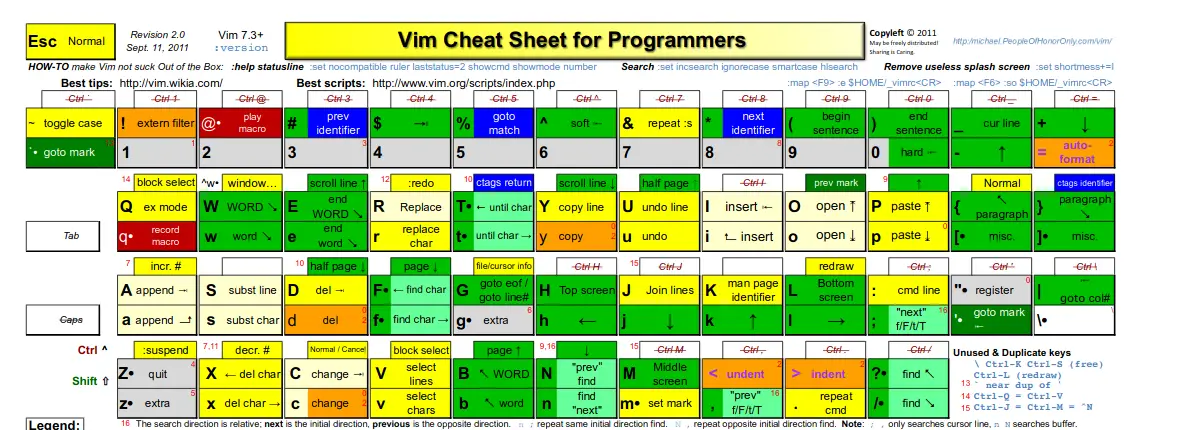

Use the arrow keys to move up and down, left and right. When you exit the editor using Ctrl+X keyboard shortcut, you’ll be asked whether you want to save your modified text to the file or not. Nothing is saved immediately to the file automatically unless you explicitly do so. It is almost like using a regular text editor, at least for writing and editing.Īs soon as you modify anything in the file, you’ll notice that it reflects this information on the editor. There are no special insert mode or anything of that sort. You can start writing or modifying the text straightaway in Nano. You may also open a new file without any name (like new document) with Nano like this: nano Basic editing If the file doesn’t exist, it will still open the editor and when you exit, you’ll have the option for saving the text to my_file. You can open a file for editing in Nano like this: nano my_file

Open or create a file for editing in Nano When it says “M-U Undo”, it means use Alt+U key to undo your last action. When it says “^X Exit”, it means to use Ctrl+X keys to exit the editor. You should get familiar with the symbols in Nano. The wider your terminal window, the more shortcuts it shows. This way you won’t get stuck at exiting the editor like Vim. Nano editor also shows important keyboard shortcuts you need to use for editing at the bottom of the editor. You can start writing or editing text straightaway. If you’ve ever used Vim or Emacs, you’ll notice that using Nano is a lot simpler. Getting familiar with the Nano editor interface If not, please your distribution’s package manager to install it. I presume that you have Nano editor installed on your system already.
VIM SHORTCUTS CHEAT SHEET PDF HOW TO
Essential Nano keyboard shortcuts Shortcutĭownload-circle How to use Nano text editor Please expand the next section if you are just interested in a quick summary of Nano keyboard shortcuts.
VIM SHORTCUTS CHEAT SHEET PDF PDF
I will also include a downloadable PDF cheat sheet at the end of the article so that you can refer to it for practicing and mastering Nano editor commands. In this beginner’s guide, I’ll show you how to use the Nano text editor. Though it is less complicated to use than the likes of Vim and Emacs, it doesn’t mean Nano cannot be overwhelming to use. Nano is the default terminal-based text editor in Ubuntu and many other Linux distributions.


 0 kommentar(er)
0 kommentar(er)
